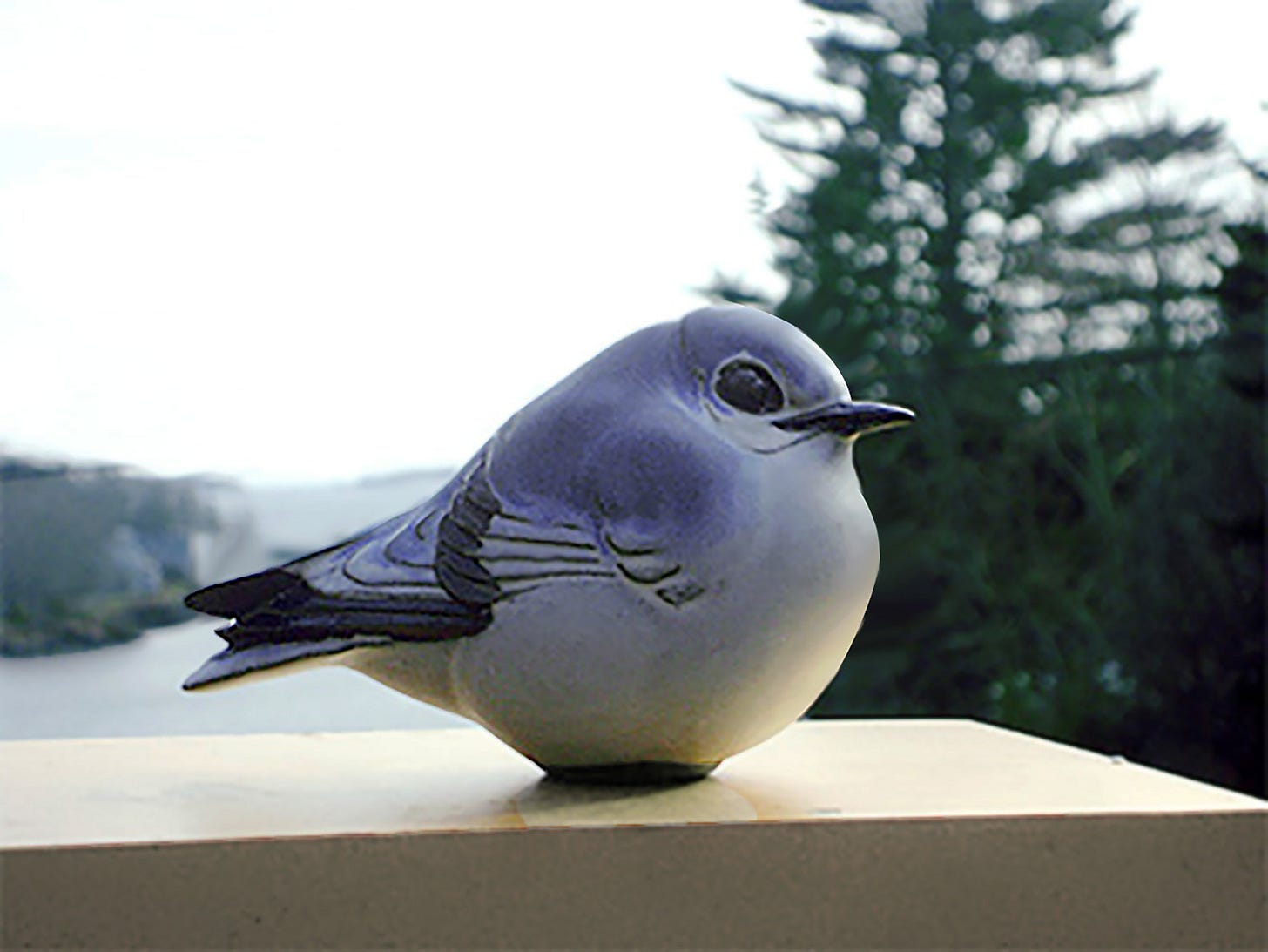Proposal for a Networked Community of Free Enterprise Designers & Craftsmen
Thinking about Fiscal Sponsorship and its many forms

The project that I am trying to bring about considered as a whole at this moment in time.
I just changed the name of the conceptual museum, yet again. The concept was born when I applied to Fractured Atlas, a fiscal sponsor in the arts, but FA declined Andersen Design’s application as a social enterprise, operating as Andersen Design had always operated since 1952, as a designer-craftsmen. free enterprise, which I am continually learning is a very political form to take in contemporary times.
It is a requirement of a fiscally sponsored project, that the project be aligned with the sponsor’s mission. The human with whom I was in direct contact at Fractured Atlas was fully confident that Andersen Design would be accepted for fiscal sponsorship because of our decades of teaching ceramic skills (STEAM skills) on the job.
That’s the basic premise of fiscal sponsorship but…
Keep reading with a 7-day free trial
Subscribe to Mackenzie Andersen's The Individual vs The Empire! to keep reading this post and get 7 days of free access to the full post archives.



